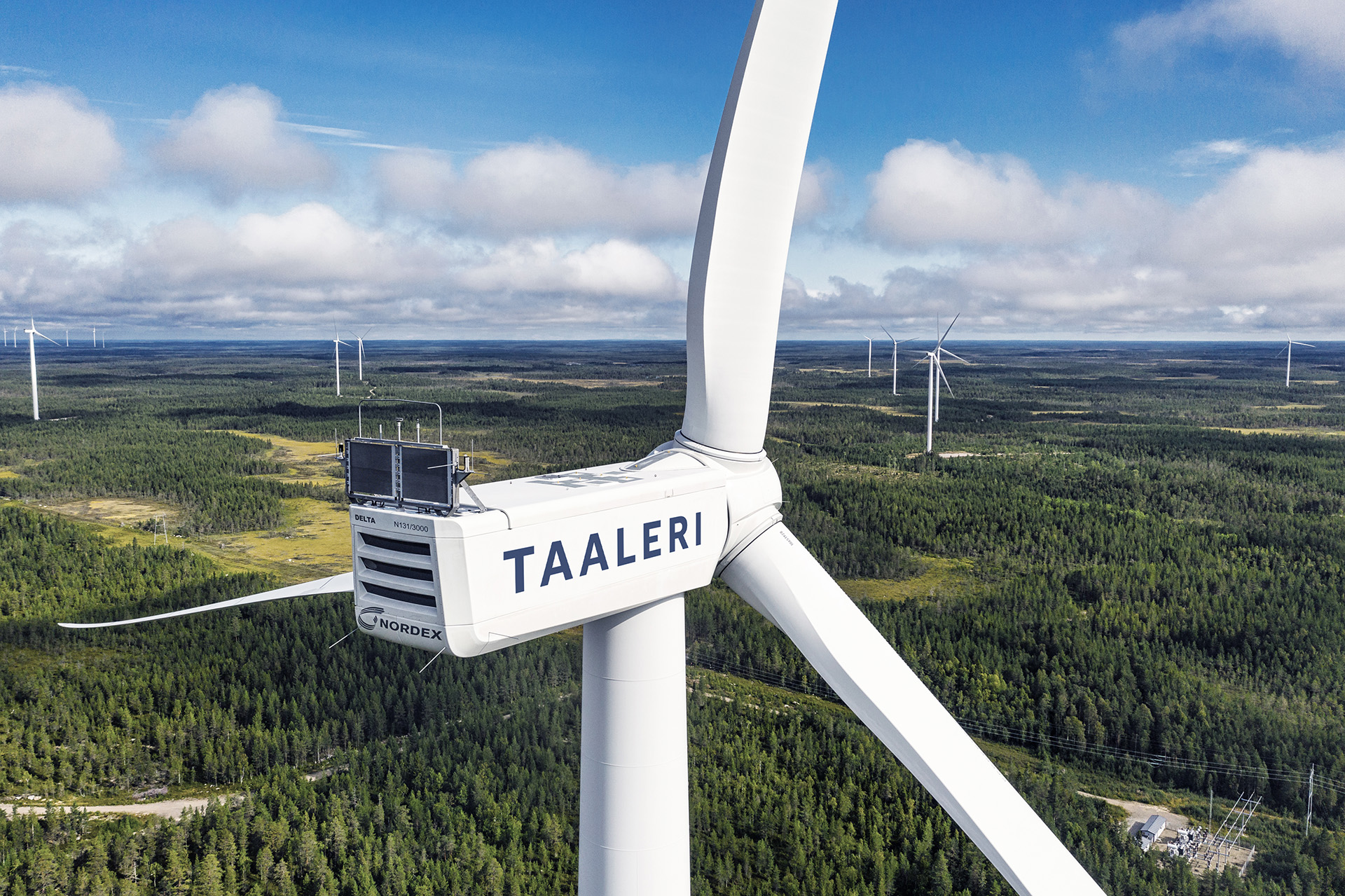20.05.2024
Over the past decade, wind turbine technology has advanced significantly. Wind can be harnessed nowadays more effectively. There is an expectation that this successful development will continue.
The technical development of wind power has been remarkable. Towers are higher, blades longer and nominal power greater. Technological advancements have positively impacted investment opportunities, as wind can now be harnessed more effectively.
"Market-based onshore wind power is financially viable," says Otto Vorimo, Senior Technical Asset Manager at Taaleri Energia.
Taaleri's first wind power fund was launched over ten years ago. The first fund is fully exited and closed down many years ago.
When the first onshore wind farms were constructed, wind turbines were notably smaller than today's counterparts. The towers of Taaleri's first turbines stood at 120 meters tall, with rotor diameters measuring 117 meters. Blade length is approximately half of the rotor diameter. The maximum production capacity of Taaleri's first turbines was approximately 2.4 megawatts.
"With longer blades, we can harness more energy from the wind."

Getting more energy from each turbine
A lot has happened over the past decade. Thanks to technological advancements, efficiency has improved, and it's now possible to generate more energy from a single turbine than before.
Over the years, in Taaleri's wind farms, rotor diameters have increased from 117 meters to approximately 160 meters. The towers rise higher than in the first onshore wind farms, and the nominal power of the individual wind turbine has increased 2.5-fold. For instance, at the Isoneva wind farm, the nominal power of a single wind turbine is already six megawatts.
At the Isoneva wind park, there are a total of 21 wind turbines. In 2023, the annual production of the wind park corresponded to approximately the annual electricity consumption of 17,000 households. The Isoneva wind farm is part of the infrastructure fund, Taaleri SolarWind II, which has invested in wind and solar assets in Europe and Texas, US.
"The wind blows stronger at higher altitudes. With higher towers, we can access these stronger winds," Vorimo says.
"With longer blades, we can harness more energy from the wind."
The length of the blades determines the size of the invisible circle in the air. This circle is the swept area of the rotor, and the swept area directly impacts how much energy can be harnessed from the wind.
Stable operations
Technical advancements have also brought good news for reliability. The operational reliability of wind turbines has improved, meaning that maintenance tasks are required relatively less frequently than before.
Wind farms in their operational phase operate almost autonomously.
"Over the years, technology has advanced significantly. There is an expectation that this successful development will continue."
Taaleri Energia is the largest wind power producer in Finland, with a 10 percent market share.
The majority of assets managed by the Taaleri Group are in renewable energy. Taaleri Energia’s team currently manage five private equity funds and have a 9.6 GW wind, solar and battery storage portfolio in Europe, the US and the Middle East.
"Over the years, technology has advanced significantly. There is an expectation that this successful development will continue."